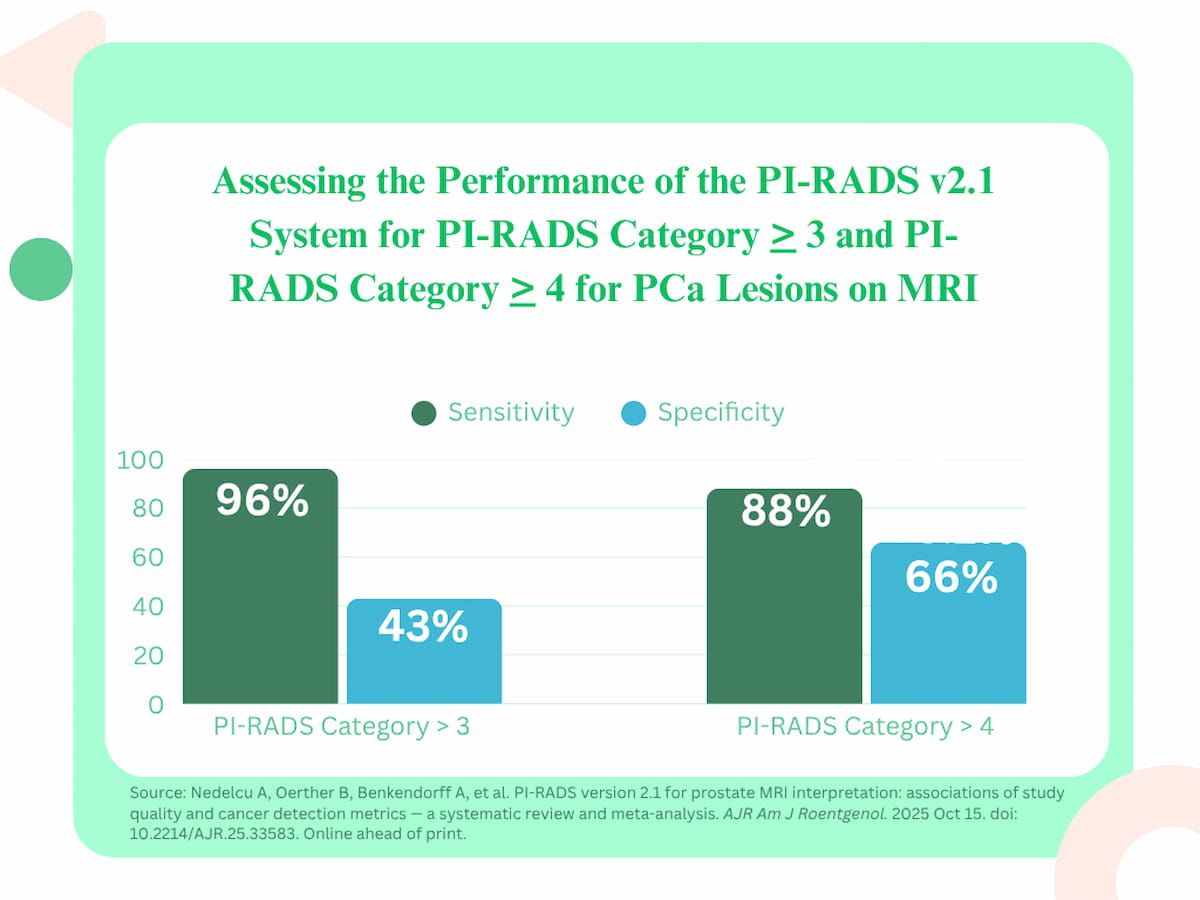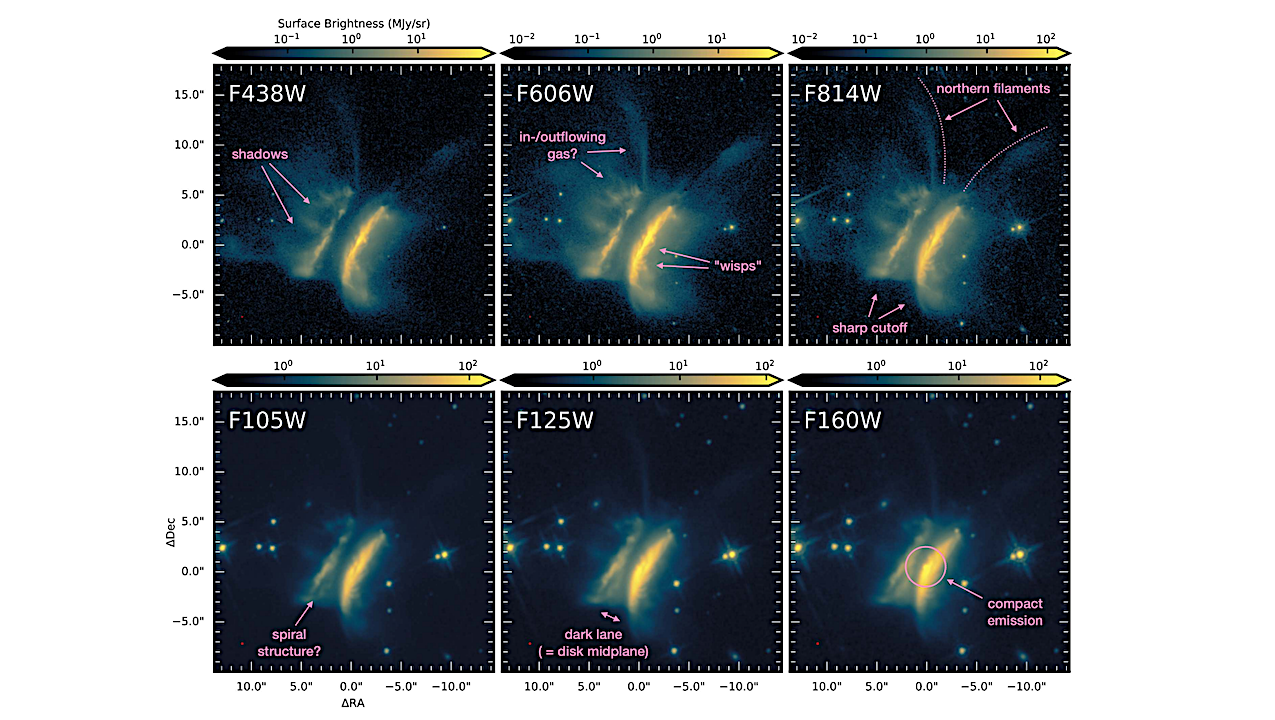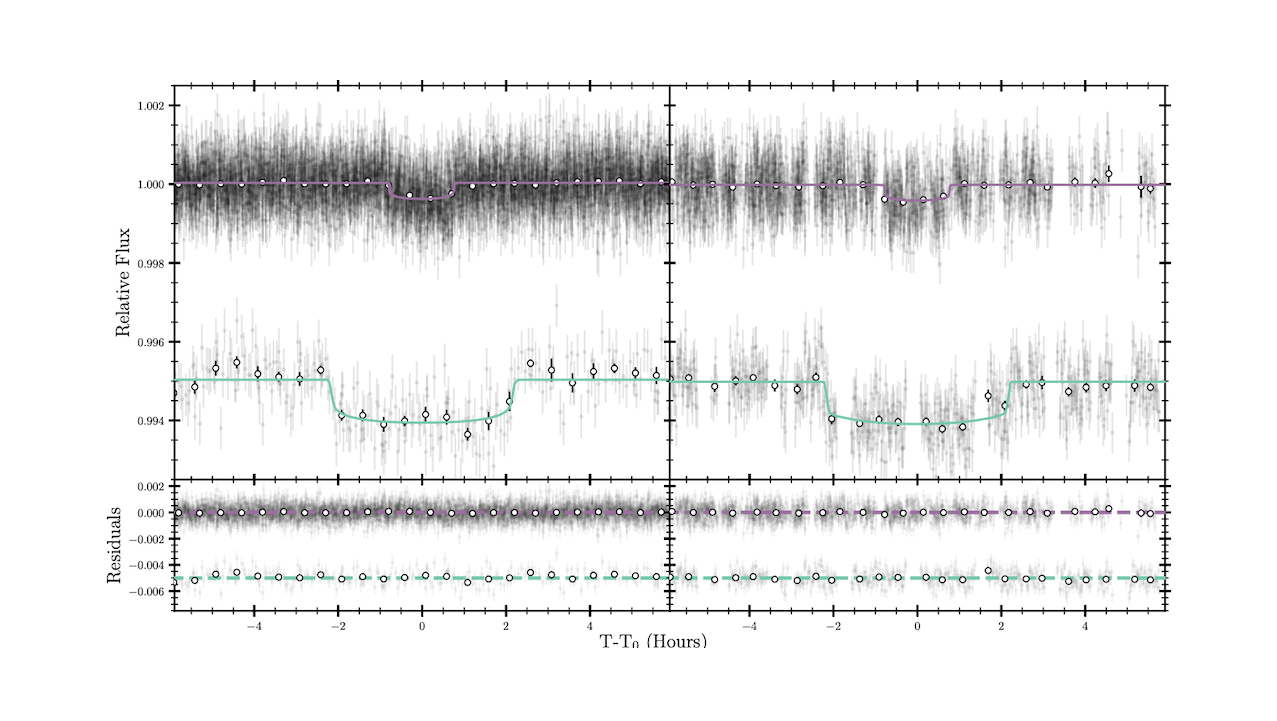Blog
-

What a New Meta-Analysis Reveals About the PI-RADS v2.1 System for Prostate MRI
A large meta-analysis involving over 100 studies and over 25,000 patients revealed robust sensitivity rates for PI-RADS category 3 and higher assessments with the PI-RADS v2.1 system for interpreting prostate magnetic resonance imaging (MRI)….
Continue Reading
-

Leveraging Trade Credit Insurance for Growth and Stability
Marsh’s Trade Credit Report 2025 discusses the UK’s trade credit landscape in detail.
Why credit insurance adoption is relatively low in professional services
Despite many businesses increasingly exposing themselves to greater risk than they are comfortable with to drive growth, not all opt for trade credit insurance. Marsh research found that only 62% of professional services firms hold trade credit insurance. This adoption rate is notably lower than in other sectors, with 80% of manufacturing firms, 70% of life science firms, and 66% of technology firms buying coverage.
Two key factors contribute to the relatively low uptake of trade credit cover among professional services companies.
1. Limited awareness of trade credit insurance: Our survey revealed that 44% of professional services firms are only somewhat familiar with credit insurance and its benefits. Trade credit insurance remains an overlooked asset within the sector, with many businesses not prioritising this coverage as part of their growth strategy.
2. Funding facilities are prioritised over insurance: Many professional services companies focus on sourcing funding facilities — the loans obtained by using trade debtors (outstanding customer invoices) as collateral — instead of insurance. Essentially, businesses borrow money based on the value of the payments they expect to receive from their clients. This allows them to access cash quickly without waiting for customers to pay. For many professional service companies that use trade debtors, these facilities represent the largest asset on their balance sheets.
How professional services firms can benefit from a trade credit policy
Trade credit insurance is delivering positive business outcomes across multiple industries in the UK, and the professional services and business sector stands to benefit in the same way. The benefits of trade credit insurance for professional services companies include:
Supports business growth: Trade credit insurance enables professional service firms to extend credit terms without fearing catastrophic losses, thereby facilitating growth and expansion. It provides a cushion against widespread payment failures, helping to maintain stability in uncertain times.
Covers debt collection costs: Many trade credit insurance policies include coverage for debt collection expenses. In 70% of debt collection cases within professional services firms, companies rely on third parties to manage the process, which involves chasing late payments, negotiating repayment plans, and escalating legal action if necessary.
This reliance is significantly higher than in other sectors, such as manufacturing (52%), construction (58%), and food and beverage (46%). The high dependence on external agencies increases the financial risk and burden, especially as collection costs rise. For the companies surveyed by Marsh, debt collection costs average £368,400 per year, with nearly all finance directors reporting that these costs are increasing.
Provides creditworthiness assessments of potential clients: Insurers provide creditworthiness evaluations of prospective clients, which, together with a firm’s own risk assessment checks, reduce the chance of entering into contracts with high-risk customers.
Facilitates negotiations with funding providers: The cover also supports negotiations with funding providers, helping to strengthen essential working capital requirements.
Trade credit insurance: Key to resilience in professional and business services
Professional services companies can maintain robust and up-to-date credit management procedures regardless of whether they have credit insurance. However, our research shows that leaders view trade credit insurance as a vital enabler for stability and growth. Companies without trade credit insurance may be missing out on significant benefits, as those with coverage in our survey reported fewer negative impacts from economic challenges.
In today’s risk environment, an increasing number of insurers offer tailored trade credit policies, particularly for larger businesses. Non-payment insurance provides greater confidence to pursue opportunities in uncertain times, making it a valuable consideration for professional services firms.
For more information on insuring your firm against non-payment risk, please contact your Marsh advisor.
Continue Reading
-

An Iranian volcano appears to have woken up — 700,000 years after its last eruption
A volcano in southern Iran thought to have been extinct for some 710,000 years has stirred.
New research published Oct. 7 in the journal Geophysical Research Letters finds that an area of ground near the Taftan volcano’s summit rose 3.5 inches (9…
Continue Reading
-
A 2025 update on the polio fight | Bill Gates – gatesnotes.com
- A 2025 update on the polio fight | Bill Gates gatesnotes.com
- Experts emphasise continued and urgent efforts to tackle last-mile challenges in global polio eradication The Hindu
- Rotary fighting to end polio The Ponte Vedra Recorder
- With the right…
Continue Reading
-

Neon Acquires Steven Soderbergh Movie The Christophers
After working together on the ghost story Presence, Neon has acquired the latest film from Steven Soderbergh, The Christophers. The feature made its premiere at this year’s Toronto International Film Festival.
The script…
Continue Reading
-
Militant leader at heart of Afghan-Pakistan conflict survived strike that provoked clashes – Reuters
- Militant leader at heart of Afghan-Pakistan conflict survived strike that provoked clashes Reuters
- The Man Behind Pakistan’s Deadly New Enemy, Afghanistan NDTV
- Who is Noor Wali Mehsud, the UN-listed TTP chief at the centre of Afghan-Pak…
Continue Reading
-

Brace for early flu season in England and get vaccinated, say experts | Flu
The flu season could be coming early this year, public health experts in England have warned, adding that those who are eligible should take up their offer of a free vaccination.
According to the UK Health Security Agency (UKHSA), an uptick in flu…
Continue Reading
-

Salman Ali Agha Likely To Lose Pakistan’s T20I Captaincy After Consecutive Losses To India | Cricket News
Pakistan’s T20I captain, Salman Ali Agha, is reportedly under immense pressure after suffering three consecutive defeats to India within just 15 days during the Asia Cup. Sources close to the Pakistan Cricket Board (PCB) suggest that the board…
Continue Reading

